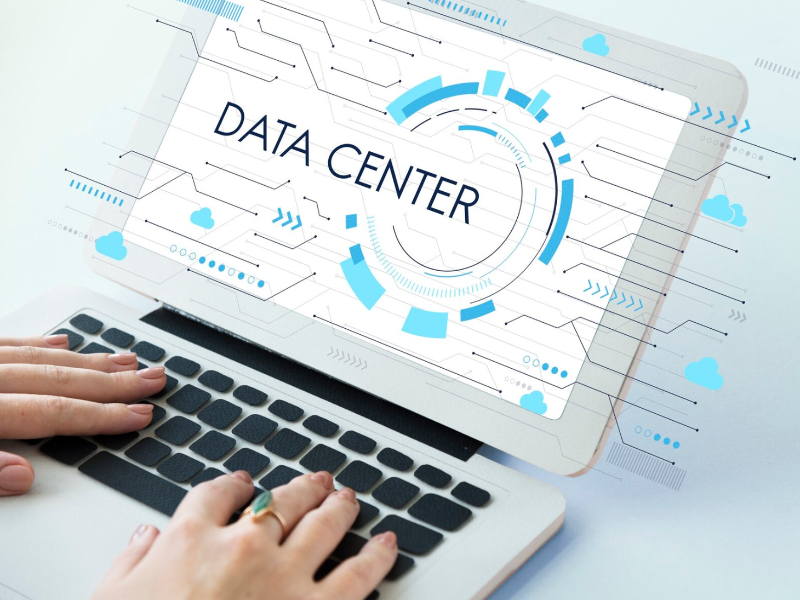- Data centre infrastructure management (DCIM) is a part of data centre management (DCM), which oversees processes, services, and applications in data centres, including device handling, software management, and security.
- DCIM integrates Internet technology and equipment management for real-time monitoring and centralised management of critical data centre equipment.
- DCIM offers advantages such as comprehensive management capabilities, real-time monitoring, resource optimisation, and energy management, but also faces challenges like complexity, initial investment costs, and integration issues.
Data centres are a crucial component of business technology infrastructure, whether they are on-premises server rooms or located at the “edge,” virtualised, or part of a colocation campus. Managing this vital resource is of utmost importance, as any issues can severely disrupt the day-to-day operations of essential business services, leading to significant revenue losses and downtime.
DCM can be defined as the supervision of a series of processes, services, and applications related to data centres. This includes handling a large number of devices, software, and data, as well as maintenance and security.
DCIM is an integral part of DCM, providing more specific information and management tools about the infrastructure to support the effective management and operation of the entire data centre.
What exactly is DCIM?
DCIM integrates Internet technology and equipment management to centrally monitor and manage critical equipment in data centres, including capacity planning and centralised management. Through software, hardware, and sensors, DCIM provides an independent management platform for real-time monitoring and management of IT equipment and infrastructure in data centres.
Data centre infrastructure includes physical equipment (such as servers, network devices, storage devices, etc.), power supply and distribution systems, cooling systems, data centre air conditioning, UPS (uninterruptible power supply) systems, physical security measures (such as access control, monitoring, etc.), etc. The main goal of data centre infrastructure management is to ensure the availability, reliability, security, and efficiency of data centres.
Also read: Who is Satoshi Nakamoto? The hunt for bitcoin’s elusive founder
Advantage of DCIM
DCIM offers several advantages in efficiently managing data centre operations. One key advantage is its comprehensive management capabilities, covering hardware assets, energy consumption, environmental parameters, and more. This holistic approach allows administrators to monitor and manage the entire data centre ecosystem effectively.
In addition, DCIM provides real-time monitoring and alerting features, enabling quick responses to issues and minimising downtime. The system also aids in resource optimisation and capacity planning, ensuring efficient use of resources and enhancing overall data centre performance.
Furthermore, DCIM includes energy management tools, helping administrators assess and optimise energy consumption to reduce costs and environmental impact. Overall, these advantages contribute significantly to improved data centre efficiency, reliability, and sustainability.
Also read: Unmanned wonders: Japan trials fully automated dam building
Disadvantage of DCIM
Despite its advantages, DCIM also presents certain challenges and drawbacks. One of the main challenges is complexity, as DCIM systems can be intricate and require administrators with technical expertise and training. The initial investment and ongoing maintenance costs of deploying DCIM systems can also be considerable, especially for smaller data centres. Integration with other management systems, such as monitoring and CMDB (configuration management database) systems, can pose integration challenges and require additional effort.
Moreover, DCIM systems are dependent on the data centre’s network and infrastructure, making them vulnerable to disruptions if network or equipment failures occur.
These challenges highlight the need for careful consideration and planning when implementing DCIM solutions to mitigate potential drawbacks and maximise benefits.

